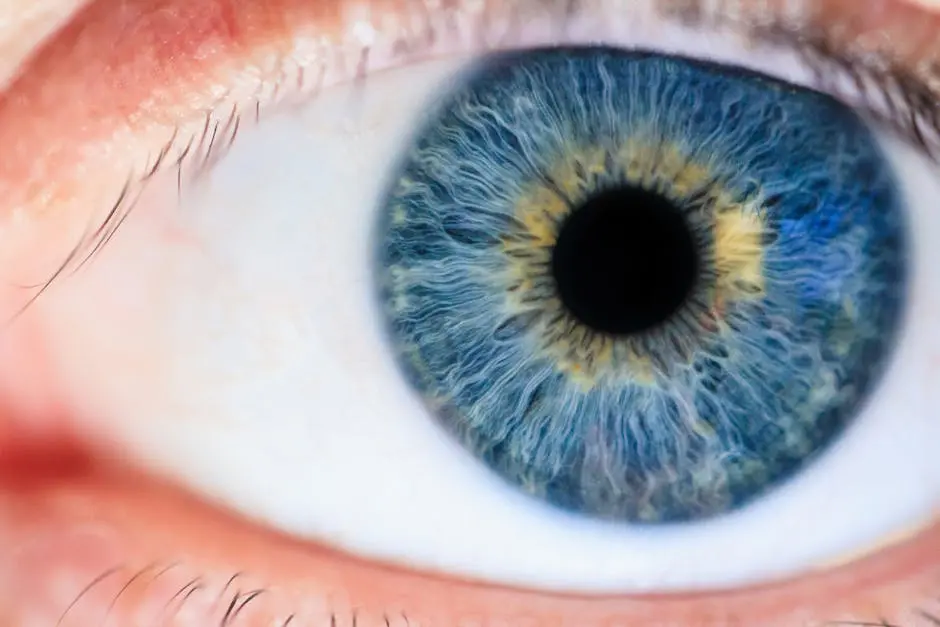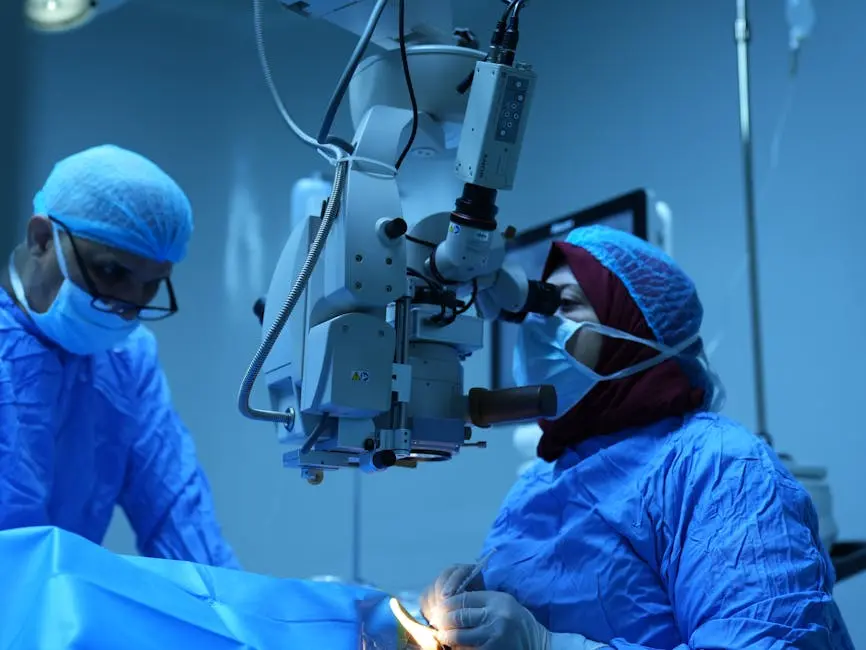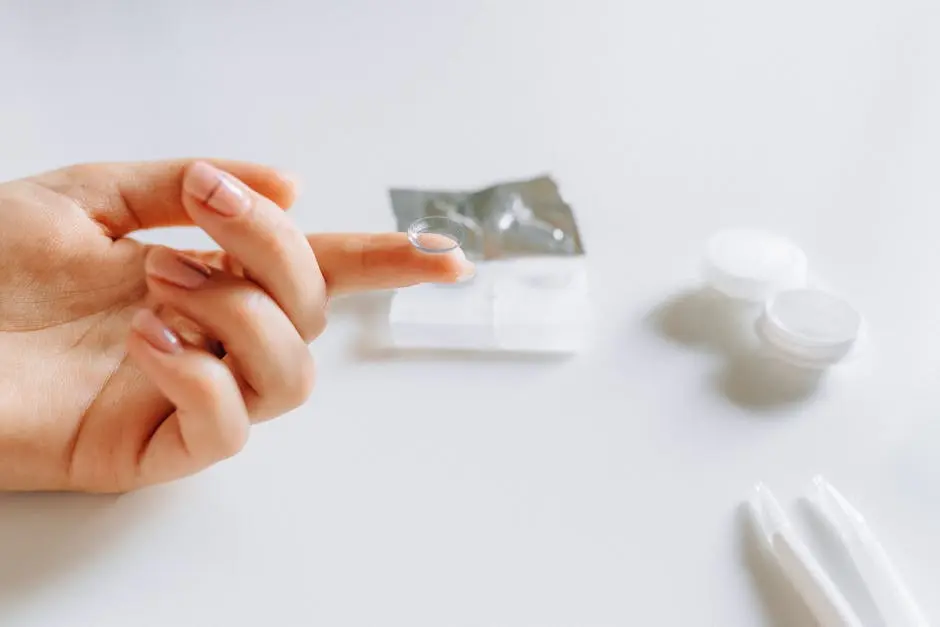Understanding the Different Types of Contact Lenses
Contact lenses are a popular alternative to glasses, offering both convenience and aesthetics. However, choosing the right type of contact lens can be a daunting task with all the different options available. In this blog, we’ll break down the various types of contact lenses to help you make an informed decision.
Soft Contact Lenses
Soft contact lenses are crafted from flexible plastics that enhance comfort and oxygen permeability. This fabric-like nature ensures that these lenses provide a moist cushion for the eyes, thus reducing irritation, especially during prolonged wear periods. They are incredibly popular among users for their ease of adjustment and comfort. These lenses contour to the shape of your eye, which makes them suitable even for those who have sensitive eyes. Brands often offer them in various wear schedules like daily, bi-weekly, or monthly options, catering to different habits and preferences.
In addition to comfort, soft lenses come in numerous varieties for specific vision corrections. This includes options for astigmatism, often known as toric lenses, or multifocal lenses for those suffering from presbyopia. These specialized lenses ensure that individuals with more complex prescriptions can also benefit from the comfort that soft lenses offer. Moreover, aesthetic choices are also available for those interested in altering their eye color with tinted versions of these lenses.
Rigid Gas Permeable (RGP) Lenses
RGP lenses might initially seem daunting due to their rigid nature, but they bring unparalleled benefits to the table, particularly in terms of providing sharp, clear vision. Known for their durability, RGP lenses stand out as a formidable option for long-term use. Unlike soft lenses, these do not contain water, making them less susceptible to drying out, which is advantageous for people with dry eyes.
These lenses are especially beneficial for those suffering from astigmatism or keratoconus, where the shape of the cornea is irregular. RGP lenses maintain their shape and offer consistent vision correction by creating a new refractive surface for the eye. Furthermore, they generally last longer than soft lenses, often requiring replacement only once a year if appropriately cared for. Consequently, they might be more cost-effective in the long run, despite a higher initial investment.
While they might feel uncomfortable at first, many wearers find that their eyes adjust to RGP lenses over time. Patients are encouraged to consult with their eye care professionals to ensure that RGP lenses are adapted correctly to suit their eye shape and specific vision requirements.
Daily Wear vs. Extended Wear Lenses
Choosing between daily wear and extended wear lenses often comes down to lifestyle preferences and the health of your eyes. Daily wear lenses are generally made to be used for a single day, requiring removal at night to promote healthy oxygen flow and reduce the risk of infections. These lenses are a perfect match for those who prefer a fresh pair every day and do not want the hassle of cleaning and storing their lenses overnight.
On the other hand, extended wear lenses provide the flexibility to sleep in them. These are designed with advanced materials that facilitate maximum oxygen transmission, enabling safe overnight use. Ideal for busy individuals or frequent travelers, extended wear lenses offer the convenience of less frequent removal and insertion. However, it is essential to have regular eye check-ups if you opt for extended wear to ensure eye health is maintained.
Both types of lenses have their pros and cons, so it’s necessary to weigh the convenience of extended wear against the risk factors associated with sleeping in lenses regularly. Consulting your eye care provider can offer further insight into which option may suit your specific needs best.
Disposable vs. Reusable Lenses
The decision between disposable and reusable lenses hinges largely on convenience and cost considerations. Disposable contact lenses, often called daily disposables, are meant for one-time use. This option minimizes the risk of contamination and is highly convenient for those without the time or inclination to maintain daily lens care routines. One advantage is the sanitary benefit—every morning starts with a sterile solution directly from the package.
Conversely, reusable lenses require diligent care. They need to be cleaned and stored in lens solution after each use to maintain hygiene and longevity. Despite the extra maintenance, many users find them economically appealing due to their longer lifespan, which ranges from weeks to months depending on the lens type. Reusable lenses can be environmentally friendly as they produce less waste compared to daily disposables.
Specialty Contact Lenses
For individuals with specific vision needs or conditions, specialty contact lenses can be a true game-changer. For example, toric lenses are designed uniquely to address astigmatism by offering different lens powers in different areas of the lens to compensate for corneal or lens curvature variations. In contrast, multifocal lenses offer a solution for presbyopia, providing several prescription powers in a single lens to give the wearer clear vision at all distances.
Additionally, orthokeratology lenses, or ortho-k lenses, provide a non-surgical means of reshaping the cornea overnight to correct refractive errors. This is especially beneficial for individuals with mild to moderate myopia who prefer not wearing lenses during the day.
Lastly, scleral lenses cover not just the cornea but also rest on the sclera or the white of the eye. These are highly effective for those with irregular corneas or dry eyes, as they create a tear-filled vault over the cornea, providing both comfort and improved vision.
Making the Right Choice for Your Eyes
Choosing the right contact lens is essential for maintaining eye health and achieving optimal vision clarity. By understanding the different types available, you can find a solution that best fits your lifestyle and visual needs. Always consult with an eye care professional to ensure you’re making the best choice for your eyes.






